Descrição
O que são cupons de monitoramento de corrosão?
Os cupons de monitoramento de corrosão são dispositivos especializados que os engenheiros projetam especificamente para monitorar e avaliar a taxa de corrosão dentro de uma variedade de sistemas, incluindo sistemas de água e ativos de petróleo e gás. Os fabricantes compõem esses cupons predominantemente de aço carbono, ou ocasionalmente outros materiais, como cobre ou prata, e os pesam meticulosamente antes da instalação para estabelecer uma medição da linha de base. Após um período de exposição predeterminada, tipicamente 60, 90 ou 120 dias, os operadores recuperam e reformulam esses cupons. Eles então analisam a discrepância de peso, resultantes da ação corrosiva, para determinar a taxa de corrosão dentro do sistema. Essa técnica fornece uma medida robusta, objetiva e abrangente da corrosividade do sistema, com a eficácia do método diretamente correlacionando -se com a implementação precisa da abordagem do cupom.
Introdução
Corrosão, a degradação gradual de materiais através de reações químicas ou eletroquímicas, apresenta desafios significativos em vários setores devido aos seus efeitos prejudiciais na integridade e funcionalidade estruturais dos materiais. A compreensão da corrosão, influenciada por fatores como condições ambientais e propriedades materiais inerentes, é vital, pois afeta significativamente a vida útil e a confiabilidade dos principais elementos de infraestrutura.
A necessidade de monitoramento de corrosão em ambientes industriais não pode ser exagerada. Informa decisões sobre seleção de materiais, design do sistema e medidas preventivas. Os cupons de monitoramento de corrosão, que imitam as condições do sistema e fornecem dados detalhados da taxa de corrosão, são exemplares de técnicas eficazes de monitoramento. Essencialmente, a compreensão e o monitoramento da corrosão são pilares de gerenciamento de riscos, protocolos de segurança e eficiência econômica, tornando a corrosão que o monitoramento integrante da operação sustentável e segura dos sistemas industriais em todo o mundo.
Tipos de cupons de corrosão
Cupons para perda de peso
Os cupons de perda de peso servem como um dos métodos mais amplamente implementados e diretos para o monitoramento da corrosão. Esses cupons, compostos pelo mesmo material que o sistema que estão monitorando, são pré-iluminados e depois expostos ao ambiente do sistema por um período predeterminado. Após esse período de exposição, eles são limpos de quaisquer produtos de corrosão e reiniciados. A diferença de peso, atribuível à perda de material devido à corrosão, fornece uma medida quantitativa da taxa de corrosão. Esse método é altamente valorizado por sua simplicidade, custo-efetividade e capacidade de fornecer uma medida direta de perda de material ao longo do tempo.
Cupons de resistência à polarização linear (LPR)
Os cupons lineares de resistência à polarização (LPR) representam uma técnica mais avançada para o monitoramento de corrosão, fornecendo medições on-line em tempo real. A técnica LPR é baseada em princípios eletroquímicos, em que uma pequena perturbação no potencial é aplicada ao cupom e a resposta atual resultante é medida. A resistência à polarização (inversa da inclinação do gráfico potencial versus atual) está diretamente relacionada à taxa de corrosão. Esse método permite o monitoramento contínuo e a detecção imediata de alterações na taxa de corrosão, tornando -o particularmente útil em sistemas em que as taxas de corrosão podem mudar de maneira rápida ou imprevisível.
Cupons de resistência elétrica (ER)
Os cupons de resistência elétrica (ER) operam com o princípio de que, à medida que um metal corroa, sua área de seção transversal diminui, causando um aumento em sua resistência elétrica. Esses cupons, quando incorporados a um sistema, fornecem uma medida contínua da taxa de corrosão, detectando alterações na resistência elétrica ao longo do tempo. Esse método, como o LPR, permite o monitoramento em tempo real e é particularmente eficaz em ambientes onde a corrosão ocorre uniformemente na superfície. No entanto, é importante observar que os cupons de ER podem não fornecer uma medida precisa nos casos em que a corrosão está localizada ou ocorre. Portanto, entender a natureza do processo de corrosão em um sistema específico é fundamental para selecionar a técnica de monitoramento apropriada.
Materiais usados em cupons de monitoramento de corrosão
Os cupons de monitoramento de corrosão são criados a partir de uma variedade de materiais para representar com precisão o sistema que estão monitorando. Um dos materiais mais usados é o aço carbono. Conhecida por sua alta resistência e durabilidade, o aço carbono é uma escolha típica para ambientes onde é necessária uma resistência de alto estresse. Seu comportamento de corrosão reflete de perto o de muitos sistemas industriais, tornando -o um candidato ideal para o monitoramento de corrosão nesses contextos. No entanto, a suscetibilidade do aço carbono à ferrugem quando exposta à umidade e oxigênio requer armazenamento e manuseio adequados para manter sua precisão como dispositivo de monitoramento.
Além do aço carbono, vários outros materiais são utilizados com base nos requisitos específicos do sistema em estudo. O aço inoxidável, por exemplo, é usado quando o monitoramento de ambientes com alta resistência à corrosão é necessário devido às suas propriedades inerentes à resistência à corrosão. O Brass, outro material comumente usado, fornece dados perspicazes ao monitorar os sistemas expostos à água, incluindo aplicações de encanamento e marítimo.
Cobre e alumínio, outros materiais freqüentemente usados em cupons de corrosão oferecem benefícios exclusivos. O cobre, conhecido por sua excelente condutividade elétrica, é frequentemente usado para representar componentes eletrônicos sensíveis em muitos sistemas. Ele fornece informações valiosas sobre a corrosividade do meio ambiente para componentes eletrônicos. Da mesma forma, o alumínio, devido à sua natureza leve e resistência a certos tipos de corrosão, é usada em sistemas em que essas características são valiosas. É essencial selecionar o material apropriado para o cupom de monitoramento de corrosão, com base na natureza específica do sistema e no ambiente em que ele opera.
Instalação de cupons de monitoramento de corrosão
Instalando cupons de corrosão em pipelines
Os cupons de corrosão são normalmente encaixados em um porta-cupons, que é então inserido em um suporte de cupons que é fixado diretamente na tubulação. Este procedimento deve ser realizado com cautela para garantir que o cupom esteja devidamente posicionado e exposto às mesmas circunstâncias que a tubulação. O porta-cupons permite fácil inserção e remoção do cupom sem desligar todo o sistema.
Monitoramento e manutenção de cupons de corrosão
Os cupons de corrosão no pipeline devem ser monitorados e mantidos regularmente depois de instalados. Os exames visuais são frequentemente realizados para procurar indicadores de corrosão ou dano grave. A limpeza do titular do cupom e da região circundante pode fazer parte da manutenção para evitar que qualquer variável externa impacte a exposição do cupom ao ambiente do pipeline.
Recuperação de cupons de corrosão para análise
Os cupons de corrosão no pipeline são normalmente recuperados para análise após um período de exposição predefinido, que pode variar de algumas semanas a um ano, dependendo da taxa de corrosão projetada e das normas do setor. Os operadores removem cuidadosamente o cupom do suporte e limpam -o para remover qualquer produto de corrosão. Em seguida, eles pesam o cupom para verificar a perda de peso, que eles usam para calcular a taxa de corrosão. Além disso, os operadores podem inspecionar o cupom em busca de evidências de corrosão localizada, como o pitting, que pode fornecer informações adicionais sobre a atividade corrosiva no pipeline.
Tipos diferentes
| Nome | Cupom de tira | Cupom de várias faixas | Cupom de disco |
| Formulários | Comumente usado para a maioria das avaliações. | Use com equipamentos de acesso de baixa pressão ou por portas estreitas que um cupom padrão de 3/4 de polegada de largura não pode passar. | Esses cupons circulares funcionam em vários aplicativos de monitoramento de disco. |
| Tamanho | 3 ”*3/4”*1/16 ” (76,2mm*19,0mm*3,2 mm) | 3 ”*1/2”*1/16 ” (76,2mm*12,7mm*3.2) Com orifícios de montagem | Φ1,25 ”(31,8 mm) espessura de 1/16” (3,2 mm) |

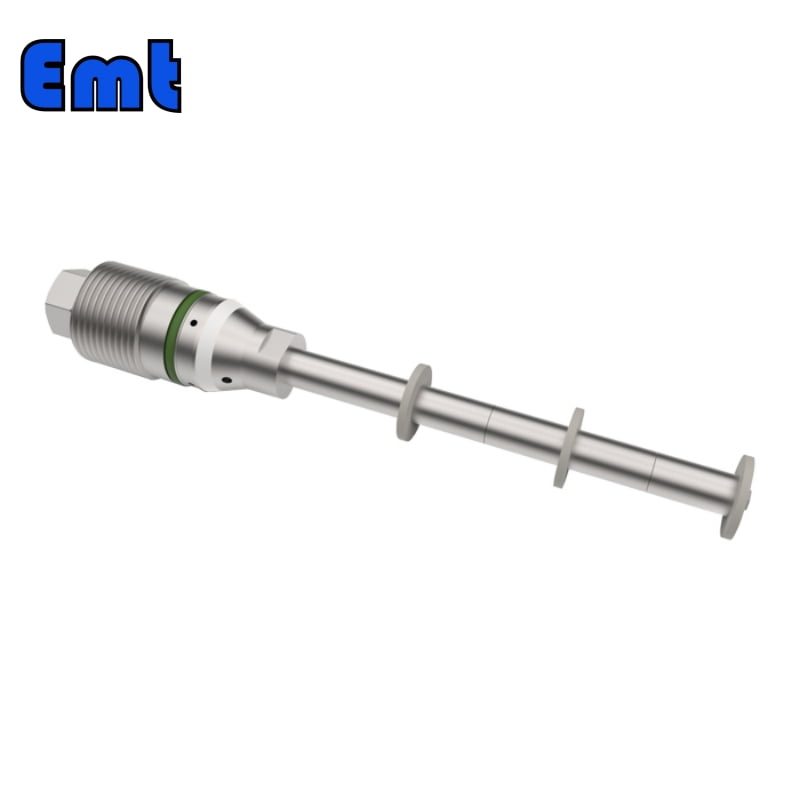
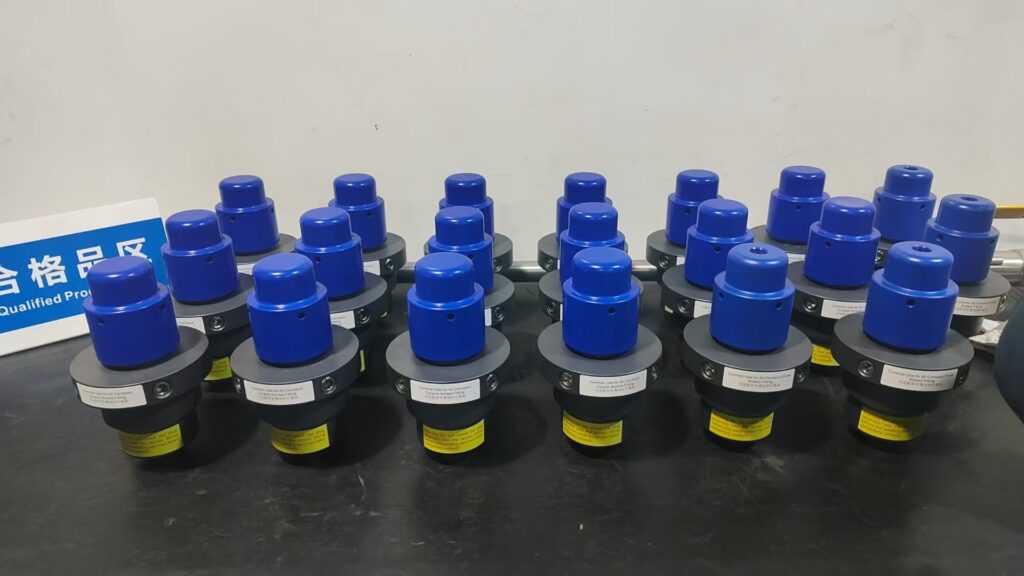
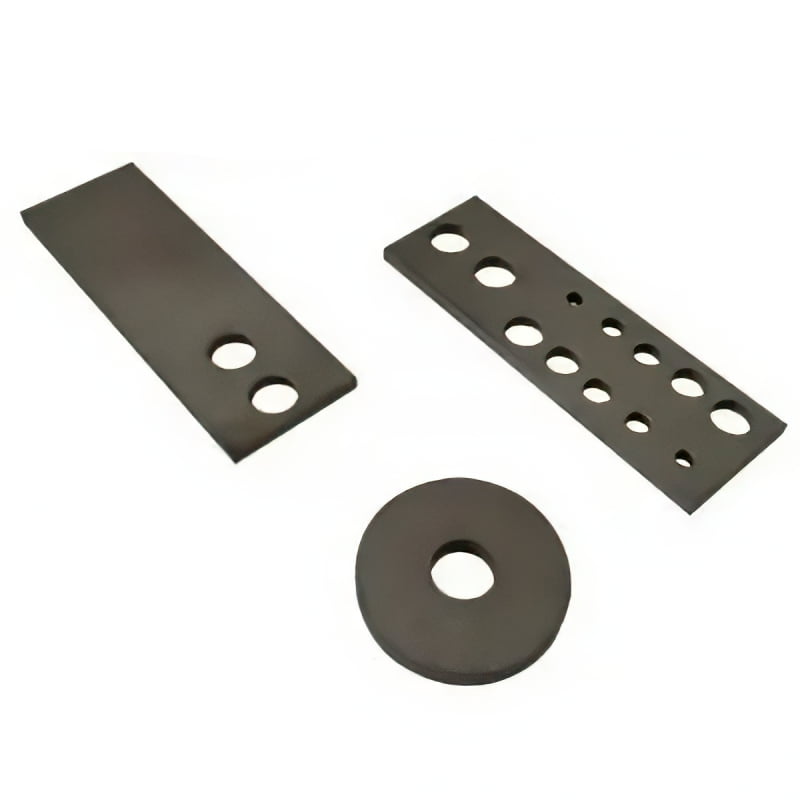


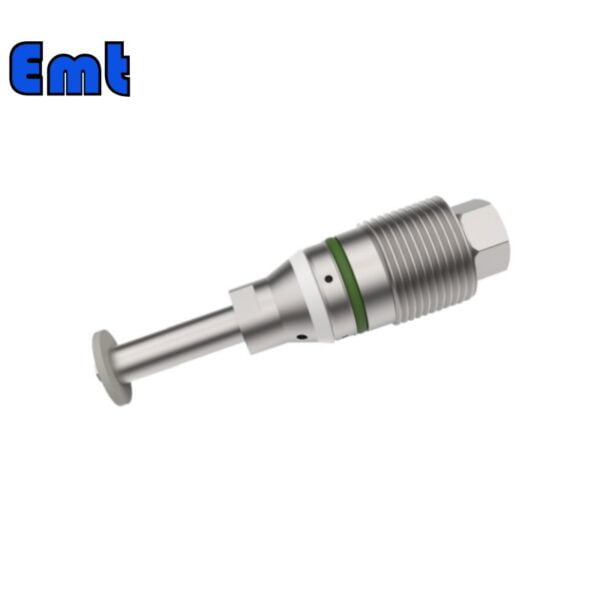
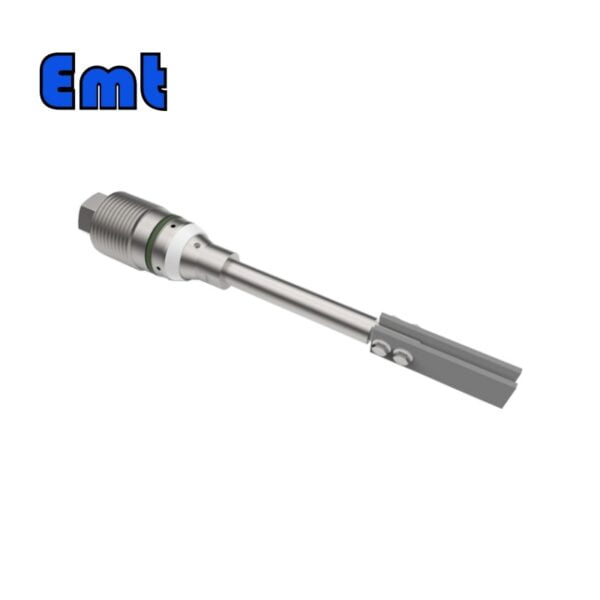
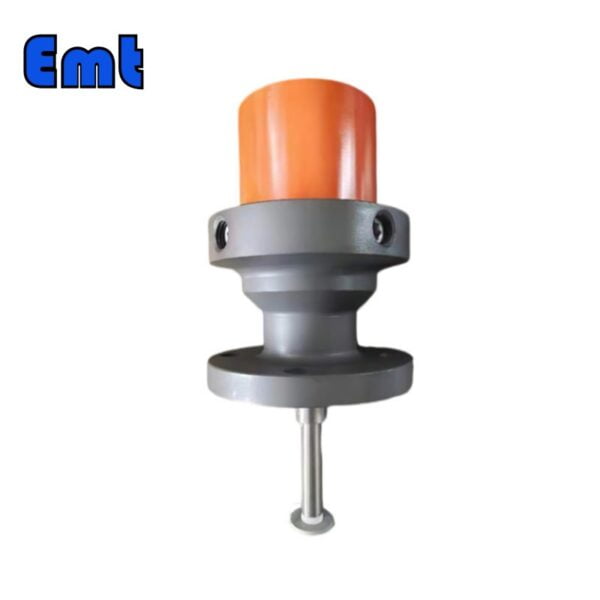
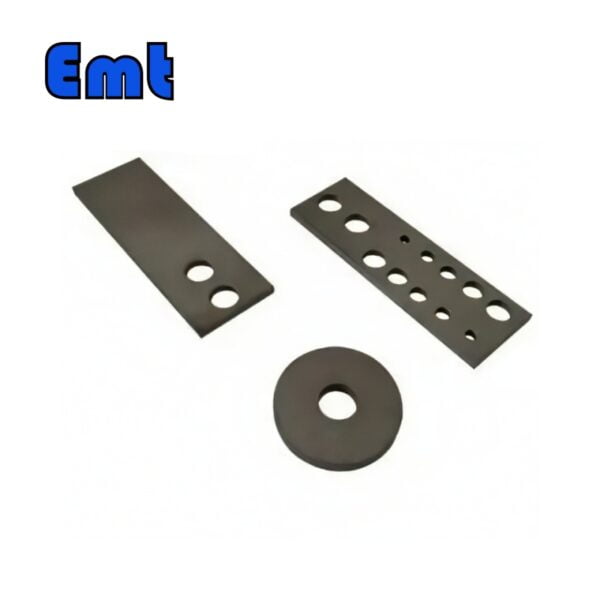
Avaliações
Não há comentários ainda.